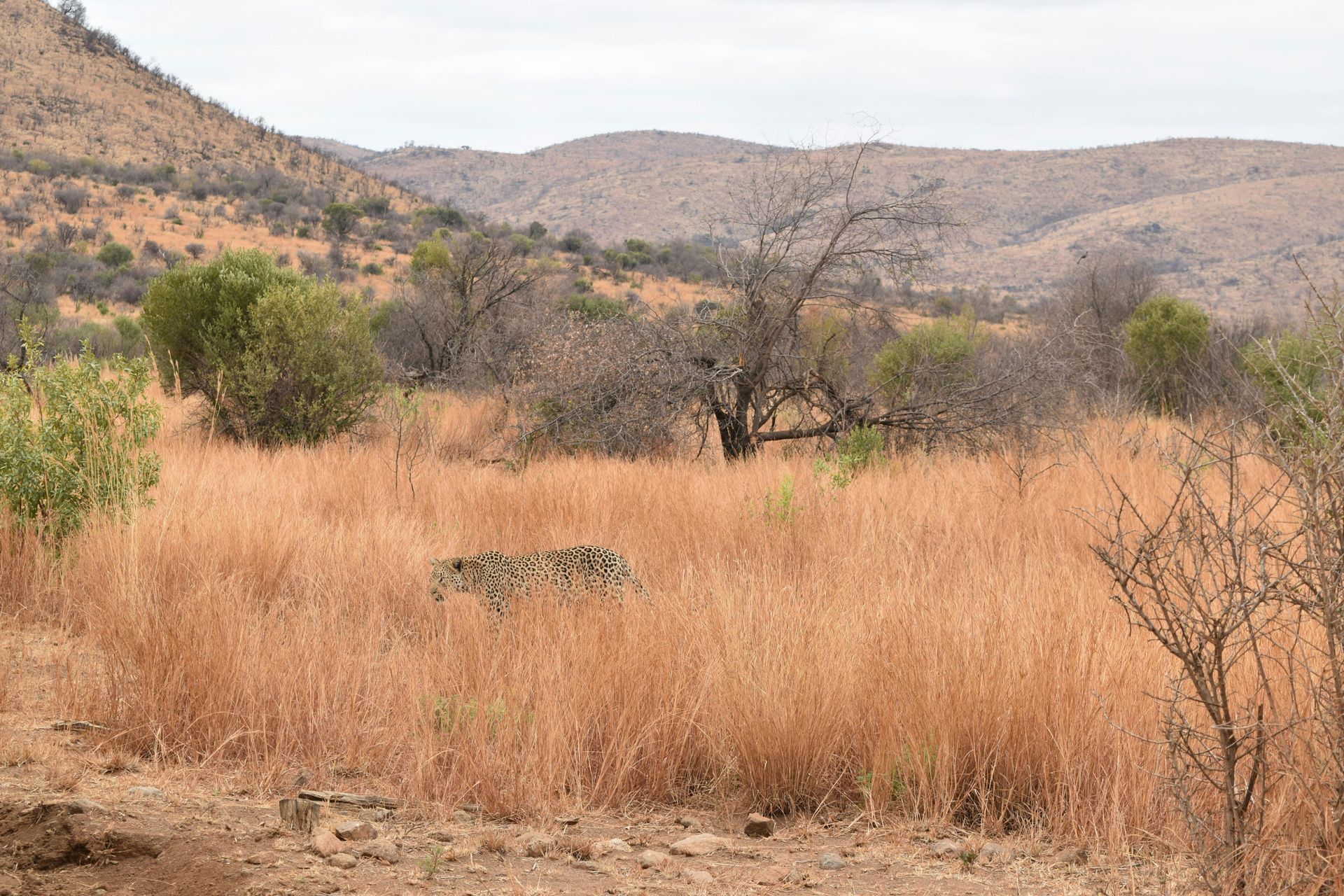Great Southern BioBlitz 2024: Citizen Science with iNaturalist
It’s that time of the year again when citizen scientists across the southern hemisphere are gearing up to explore the outdoors and contribute to the ever-growing repository of biodiversity data. The Great Southern BioBlitz (GSB), now in its fifth year, is set to take place from September 20-23, 2024, and promises to be bigger and better, continuing its upward trajectory in participant numbers and engagement.
Key Takeaways:
- The Great Southern BioBlitz 2024 will take place from September 20-23, engaging citizen scientists across the southern hemisphere to document biodiversity in their local environments.
- iNaturalist is the primary platform for participants to upload observations, enabling species identification and data sharing among a global community.
- Last year's event saw 7,238 participants make 231,040 observations of 26,062 species, with over 1,300 species of conservation concern recorded.
- The event’s flexibility allows for biodiversity surveying during peak seasons in different regions, ensuring comprehensive data collection.
- The BioBlitz emphasizes in-depth biodiversity monitoring in protected and soon-to-be-protected areas, providing valuable data for conservation efforts.
- The GSB is not just a competitive event but a critical initiative for engaging the public in conservation efforts and increasing awareness about biodiversity across the Southern Hemisphere.
The Power of Citizen Science
The Great Southern BioBlitz is a powerful example of how citizen science can significantly contribute to conservation technology and biodiversity awareness. A bioblitz is a rapid, site-specific scientific survey where participants document as many species as possible within a given time frame. This year, over four days in September, participants will explore their local environments—protected areas, farms, or even urban parks—capturing photos of plants, insects, birds, and other organisms they encounter. These observations are then uploaded onto the iNaturalist platform, a biodiversity-focused app that facilitates a nature-based social network for like-minded users to share and identify interesting organisms.
Suvarna Parbhoo Mohan from the South African National Biodiversity Institute explains, "For the Great Southern Bioblitz, we want people to go out and collect stuff in protected areas or in soon-to-be protected areas or farmlands... We are also looking at areas, so it’s much more in-depth surveying."
Impressive Growth and Participation
Since its inception in 2020, the Great Southern BioBlitz has grown significantly. Last year, 7,238 participants from 203 cities and regions registered, resulting in 231,040 observations of 26,062 species. Among these were 1,307 species of conservation concern, highlighting the importance of citizen science in monitoring and protecting biodiversity. The most-observed species in 2023 was the Western honey bee (Apis mellifera).
The numbers speak volumes about the event's impact. What began during the Covid-19 pandemic with 12 countries and more than 150 Local Government Areas (LGAs) contributing over 91,000 observations, has expanded into a much-anticipated annual event. This year, 12 countries and 39 regions across the Southern Hemisphere have already signed up, reflecting the growing global enthusiasm for this collaborative conservation effort.
iNaturalist: A Game-Changer in Conservation Technology
The iNaturalist platform plays a crucial role in the success of the Great Southern BioBlitz. As a powerful conservation technology tool, iNaturalist allows participants to easily upload photos using their mobile phones, enabling scientists and naturalists to identify species and provide valuable data on biodiversity. This technology reduces the barriers to scientific participation, empowering everyday people to contribute meaningfully to biodiversity research.
“iNaturalist is an online, biodiversity-focused, citizen science platform and app. Its main goal is to create a nature-based social network where like-minded users can share photos of interesting organisms,” says Parbhoo Mohan. This approach not only engages the public in science but also democratizes the data collection process, providing researchers with a rich dataset from diverse regions.
An In-Depth Approach to Biodiversity Monitoring
The Great Southern BioBlitz is more than just a competition among cities and regions to see who can record the most observations. It serves as an essential tool for understanding the biodiversity of protected and potentially protected areas. As Parbhoo Mohan explains, “For the Great Southern Bioblitz... we are also looking at areas. So, it’s much more in-depth surveying and looking at our protected areas more than what’s growing in your immediate vicinity.”
The flexibility of the event's timing allows regions to survey their biodiversity during peak spring, ensuring a more comprehensive dataset. For example, in South Africa, the Cape or west coast sees its peak flowering season in September, while the east coast typically experiences peak biodiversity in October or November, following the summer rains.
How to Get Involved
- To participate as a citizen scientist in this year’s Great Southern BioBlitz, check out the participant page here.
- If you’re interested in becoming an organizer for the event, you can find more information on our organizer page here.
- For a full list of participating areas, explore the umbrella project on iNaturalist.
About the Great Southern BioBlitz
The Great Southern BioBlitz, or GSB, is an international initiative to raise awareness about biodiversity through citizen science. Held during the Southern Hemisphere's spring, the event invites participants to record all living species within designated areas. The goal is to highlight the immense biodiversity across the region while engaging the public in science and nature learning using the iNaturalist platform. The GSB offers a unique opportunity for communities to come together, contribute to global biodiversity knowledge, and celebrate the natural world in full bloom.

About The Author
Zara Nyota
Zara is a writing assistant at Zanza Africa. Blending strategic insight with a passion for conservation technology, Zara provides dynamic support in crafting engaging content and innovative solutions for wildlife conservation and biodiversity.
Quicklinks







